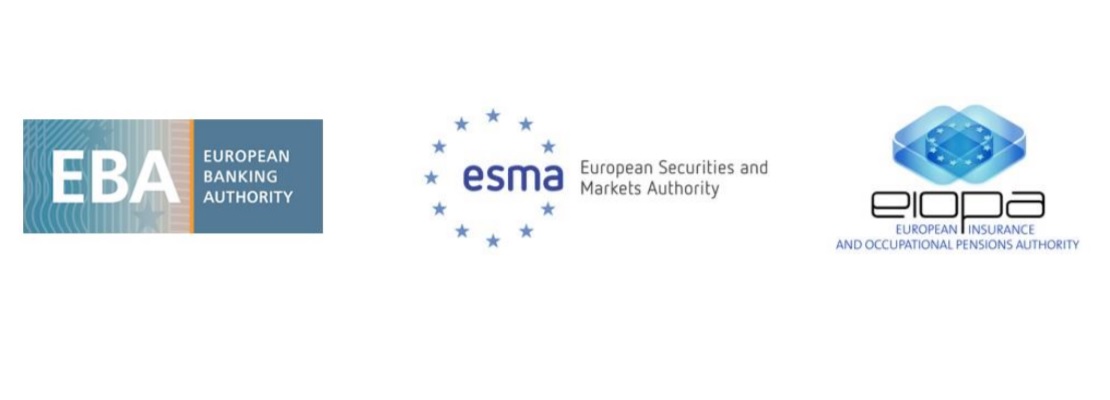Money laundering and terrorist financing risks in the EU – European Supervisory Authorities are concerned about weaknesses in the control frameworks put in place by financial institutions

The three European Supervisory Authorities (EBA, EIOPA and ESMA – ESAs) published their second joint Opinion on the risks of money laundering (ML) and terrorist financing (TF) affecting the European Union’s (EU) financial sector.
Drawing on data and information provided by national anti-money laundering (AML) and countering the financing of terrorism (CFT) competent authorities (CAs), the ESAs found that the monitoring of transactions and suspicious transactions reporting still raise concerns, particularly in sectors where a financial institution’s business model is based on frequent transactions. This Opinion contributes to strengthening the EU’s AML and CFT efforts.
The ESAs are concerned about weaknesses in the control frameworks put in place by financial institutions, particularly for transaction monitoring and suspicious transactions reporting, in sectors with high volumes of transactions. Equally, it appears that the development of adequate business-wide and customer risk assessments is still a challenge for financial institutions across different sectors and is an areas that would benefit from more guidance from CAs.
Furthermore, in addition to divergences in the national transposition of the Fourth Anti-Money Laundering Directive (AMLD4), as identified in the first Joint Opinion published in 2017, today’s Opinion identifies divergences between certain provisions in the AMLD4 and other EU legal acts, particularly those related to authorisations, fitness and propriety and assessments of qualifying holdings. Some of these concerns have already been addressed through recent revisions in legal frameworks like the Capital Requirements Directive (CRDV).
The ESAs acknowledge that the use of new technologies may offer opportunities to better fight financial crime, however, this Opinion also confirms that the increasing use of new technologies by credit and financial institutions may give rise to ML/TF risks if vulnerabilities are not understood and mitigated. Equally, the rapid spread of virtual currencies is also an area of growing concern for the ESAs, as they often give rise to heightened ML/TF risks due to the absence of a common regulatory regime and the anonymity associated with them.
To tackle these risks and concerns effectively, the ESAs consider that CAs must play a more active role and enhance their engagement with the private sector to develop a better understanding of new technologies, products and services available to credit and financial institutions. CAs should also consider whether they have a sufficient understanding of risks and controls in those sectors where they have carried out only limited assessments and may need to review their supervisory approach.
As a complement to this Opinion, the ESAs have developed an interactive tool, which gives European citizens, CAs and credit and financial institutions a snapshot of all ML/TF risks covered in the Joint Opinion. The interactive tool is available HERE.
Dariusz Mazurkiewicz – CEO at BLIK Polish Payment Standard
Banking 4.0 – „how was the experience for you”
„To be honest I think that Sinaia, your conference, is much better then Davos.”
Many more interesting quotes in the video below:










